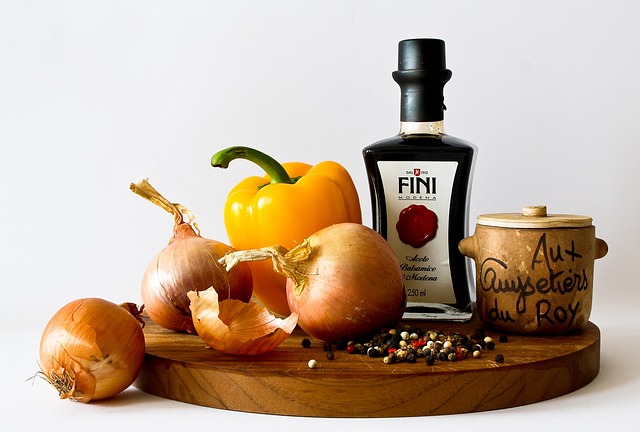Understanding Pet Nutrition and Diet: A Comprehensive Guide
As a responsible pet owner, providing the right nutrition and diet for your furry friend is crucial for their overall health and well-being. With so many options available in the market, it can be overwhelming to choose the best food for your pet. In this article, we will delve into the world of pet nutrition and diet, exploring the key factors to consider when selecting a high-quality diet for your pet.
Key Factors to Consider When Choosing a Pet Diet
When choosing a pet diet, there are several key factors to consider. These include:
* **Life Stage:** Just like humans, pets have different life stages that require specific nutritional needs. Puppies, adult dogs, and seniors all have unique requirements.
* **Breed-Specific Needs:** Certain breeds may require specific diets due to their genetic predispositions or physical characteristics.
* **Allergies and Sensitivities:** Some pets may have food allergies or sensitivities that need to be addressed when selecting a diet.
* **Health Conditions:** Pets with certain health conditions, such as kidney disease or food allergies, may require special dietary considerations.
Understanding Pet Nutritional Requirements
Pet nutritional requirements are influenced by several factors, including:
* **Protein Content:** Protein is essential for pet growth and maintenance. However, excessive protein can be detrimental to a pet’s health.
* **Fat Content:** Fat provides energy for pets and helps maintain healthy skin and coat. However, excessive fat can lead to obesity and other health issues.
* **Carbohydrate Content:** Carbohydrates provide energy for pets but should be limited due to their low nutritional value.
* **Vitamins and Minerals:** Vitamins and minerals are essential for pet health, including vitamin A, vitamin D, calcium, and phosphorus.
Types of Pet Diets
There are several types of pet diets available, each with its unique characteristics:
* **Commercial Pet Foods:** These are pre-packaged foods made by manufacturers. They can be convenient but may contain preservatives and other additives.
* **Raw or Homemade Diets:** These diets consist of fresh, raw ingredients that can provide more nutrients than commercial foods. However, they require careful planning and handling to avoid bacterial contamination.
* **Grain-Free or Limited Ingredient Diets:** These diets are designed for pets with food sensitivities or allergies. They often contain fewer ingredients and no grains.
Tips for Transitioning Your Pet to a New Diet
Transitioning your pet to a new diet can be challenging, but there are several tips to make the process smoother:
* **Gradual Transition:** Gradually introduce the new food over a period of 7-10 days to prevent digestive upset.
* **Monitor Your Pet’s Health:** Keep an eye on your pet’s health and adjust their feeding schedule as needed.
* **Consult with Your Veterinarian:** If you’re unsure about transitioning your pet to a new diet, consult with your veterinarian for personalized advice.
Conclusion
Choosing the right diet for your pet is crucial for their overall health and well-being. By considering life stage, breed-specific needs, allergies and sensitivities, and health conditions, you can select a high-quality diet that meets your pet’s nutritional requirements. Remember to transition gradually and monitor your pet’s health closely. With patience and careful planning, you can provide your furry friend with the best possible nutrition for a happy and healthy life.
Essential Tips for New Pet Owners provides valuable advice on caring for your new pet.
Choosing the right pet insurance is also vital. How to Choose the Right Pet Insurance offers tips and insights to help you make informed decisions.
For more information on maintaining your pet’s health, visit My Pet Health. Pet Health Network provides comprehensive resources on pet nutrition, diet, and overall health.

